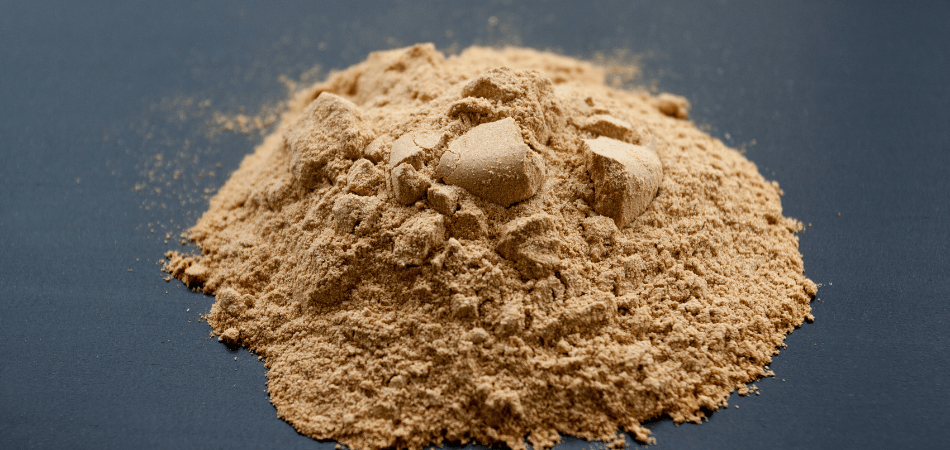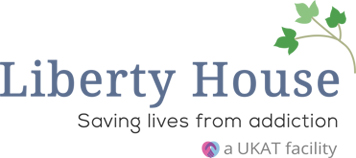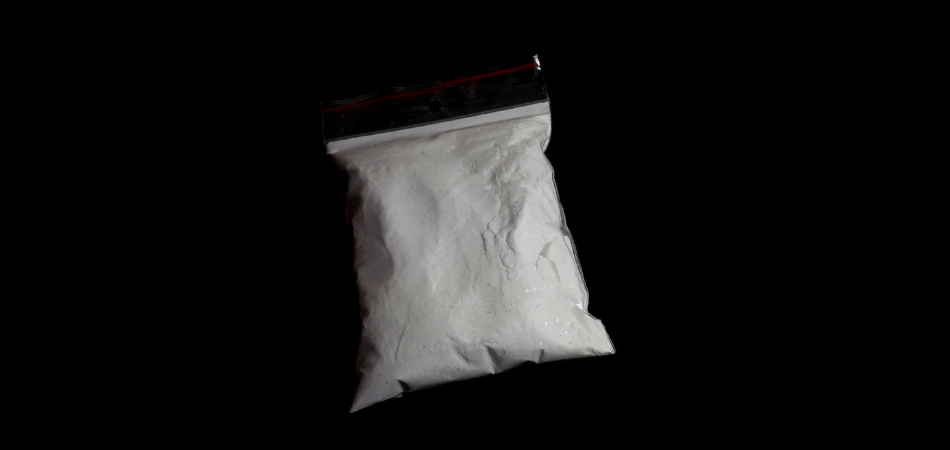In 2018, the tabloid press began warning the UK public about new drugs said to give users the strength of the Hulk and causing a spate of “zombie face eating” in the US. The drugs were nicknamed “monkey dust” and they had arrived on the streets of Britain.
Fast forward to November 2022, and the MP for Stoke on Trent petitioned the UK government to change monkey dust’s legal status to Class A due to the damage it has done to his community. This reignited new tabloid attention with one study finding the UK press guilty of having “dehumanised, criminalised, and stigmatised” people with monkey dust addiction and abuse issues in their reporting.
So is there any truth in the media’s cannibal zombie claims? And what exactly is the situation in Stoke on Trent that has got people so worried?

What is monkey dust?
Before we can explore the situation in Stoke on Trent and the media’s reaction, it is important to understand exactly what monkey dust is and the effects it causes.
Monkey dust, also known as “zombie dust”, “bath salts” and its chemical names MDVP or methylenedioxypyrovalerone, is a stimulant drug related to cathinone, a stimulant found naturally in the khat plant.
Monkey dust drugs along with other synthetic cathinones like mephedrone first became popular as party drugs in the early 2000s when they were commonly abused for their euphoric effects and because they were easily available to purchase online.
Users reported monkey dust drug effects increased energy and alertness, enhanced physical performance and feelings of euphoria and sociability but these effects have been shown to be both intense and dangerously unpredictable. Some users experience hallucinations, extreme paranoia, hyper-aggression and psychosis with health effects and overdoses potentially fatal.
Does monkey dust really turn people into cannibalistic zombies?
While the effects of monkey dust are clearly serious, they are not completely unique, as many illegal drugs cause major harm to users. So what about the claims that monkey dust causes people to attack people like zombies?
The exact origins of the “zombie face eating” story are unclear but it would appear the British tabloids first picked up on the tragic story of Rudy Eugene who in 2012, attacked a homeless man named Ronald Poppo in Miami. Miami police reported that when they arrived, Eugene ignored their warnings and continued his attack, causing the police to shoot him dead.
Poppo’s injuries were horrific, with more than 75% of his face being chewed off, including his eyebrows, his left eye, his cheek and his nose. The story shocked the US public and caused nationwide rumours and panic about a new drug epidemic.
How much influence did monkey dust have in the attack?
The Miami police initially speculated that Eugene was under the influence of monkey dust and warned the public about its potential dangers. However, this was never confirmed and a toxicology report conducted after his death only found traces of cannabis. Despite this, police and toxicologists alike continued to speculate that Eugene may have been under the influence of monkey dust drugs which the tests were not designed to detect or identify.
This was the first of many cases of monkey dust being blamed for undoubtedly horrific acts of violence which caused enormous stigma around the drug and its users. For those addicted to the substance, this is likely to have had a serious adverse effect on their willingness to come forward and seek the help they need.
What happened in Stoke on Trent?
While the story was big news in America, it wasn’t until 2018 that the British public was introduced to monkey dust drug hysteria, after tabloid stories of violent incidents in Stoke on Trent involving people being under the influence of the drug.
The media reported that users across the city were engaged in increasing acts of serious violence, assaulting police and scaling buildings to escape imaginary pursuers with no apparent fear for their own safety.
The tabloids didn’t seem to know exactly what monkey dust was, but warnings were made of an imminent nationwide pandemic, presented as evidence of the zombie apocalypse to come.
Did the monkey dust epidemic spread?
The swarms of roving face-eating zombies never arrived and they never will. Monkey dust is not a Resident Evil virus and those who are addicted are not mindless cannibals.
Monkey dust addiction and abuse are certainly serious issues and there is no doubt that individuals and communities in Stoke on Trent in particular have been hard hit. In the city, monkey dust drug use has continued to be a serious issue with hospitalisations and drug-related crime at high levels. Overdose is an ever-present risk and between 2018 and 2020, Stoke on Trent recorded 13.9 drug-related deaths per 100,000 people, many of them caused by monkey dust.
Monkey dust use appears to be particularly acute among young people and those with existing substance abuse disorders due to their low cost, sales and marketing via social media and widespread availability on the streets of the city.
However, steps are being taken in the city to get people the help they need. Last year, these steps included the council injecting £5.3 million of extra funding into substance abuse prevention while the MP for Stoke on Trent petitioned the government for stricter sentences for monkey dust drug dealers and the legal reclassification of the drug from a Class B to Class A.
Should you be concerned?
While these legal matters have yet to be resolved in parliament and the full extent of monkey dust drug effects is not yet understood, drug abuse and addiction experts agree that monkey dust can and does cause serious harm both to the user and wider society.
However, it’s clear that monkey dust drug addiction is not the zombie apocalypse that the British tabloids are once again making it out to be. The stigmatisation of people with genuine addiction and medical needs has long been one of the biggest obstacles to getting people into treatment.
Until the press (and society as a whole) begin to understand that substance abuse and addiction are medical conditions and that sufferers need support and guidance through drug rehabilitation, not scorn and media sensationalism, too many people will remain silent, too scared or ashamed to reach out for help, stuck in the vicious cycle of addiction.





